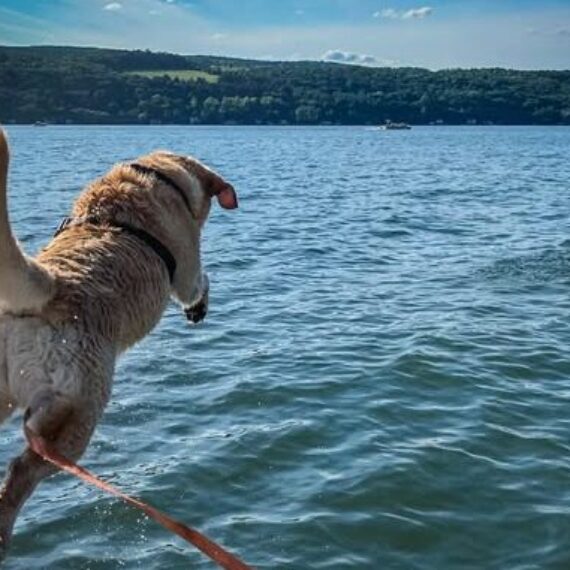Since its founding in 2000, the Community Science Institute (CSI) has engaged hundreds of volunteers from across New York State in community science. The first monitoring volunteers began collecting water quality data from Fall Creek in Ithaca in 2002. Since then, thousands of data points have been collected, all of which remain freely accessible in perpetuity on our Water Quality Database.
Over the years, CSI has gained valuable insights into the health of various watersheds, including both surface water and drinking water sources. As our organization grows and evolves, we continuously assess our monitoring programs—expanding initiatives that address emerging water quality concerns while phasing out those that no longer align with our goals or exceed our staff’s capacity.
Decisions to transition a monitoring program from “active” to “inactive” are never taken lightly. Each decision involves thorough discussion to ensure that CSI maintains robust, goal-oriented projects that effectively allocate resources and support our mission.
This page serves as an archive of all CSI monitoring programs that are no longer active. While these programs have concluded, the data collected by volunteers, staff, and partners will always remain publicly available on the Water Quality Database at no cost.





